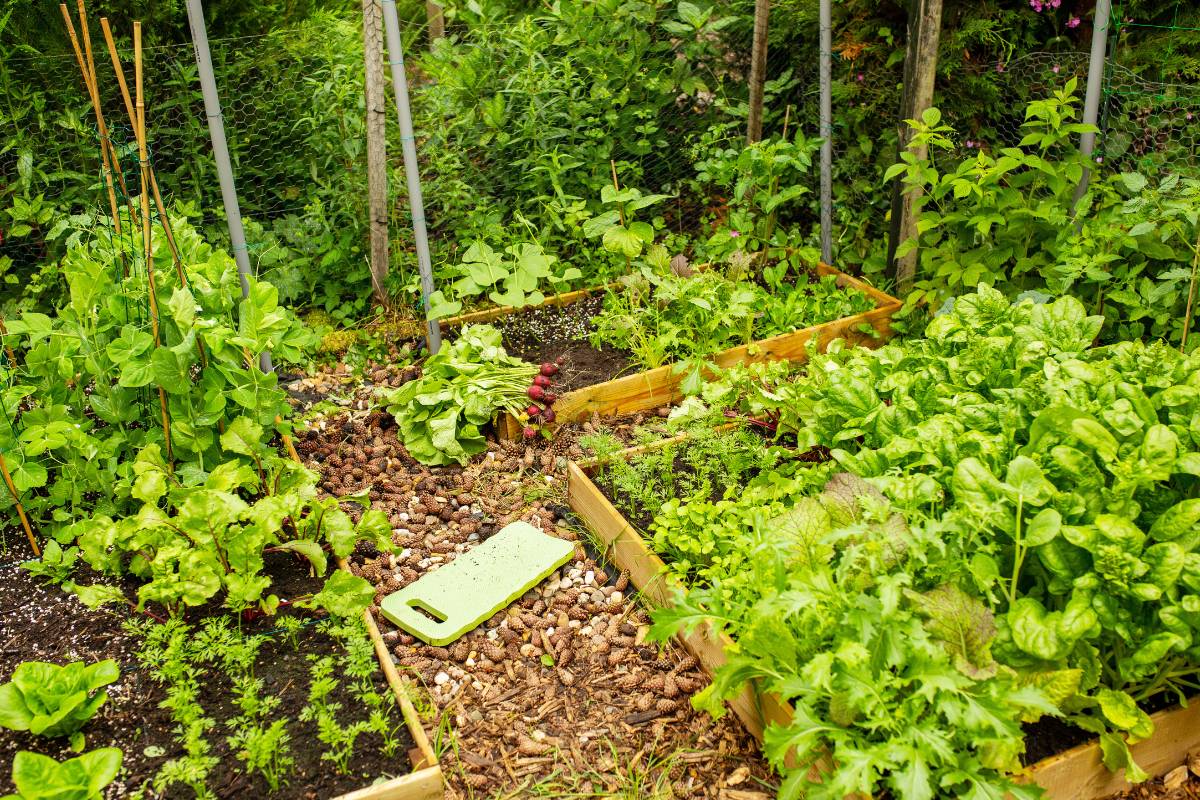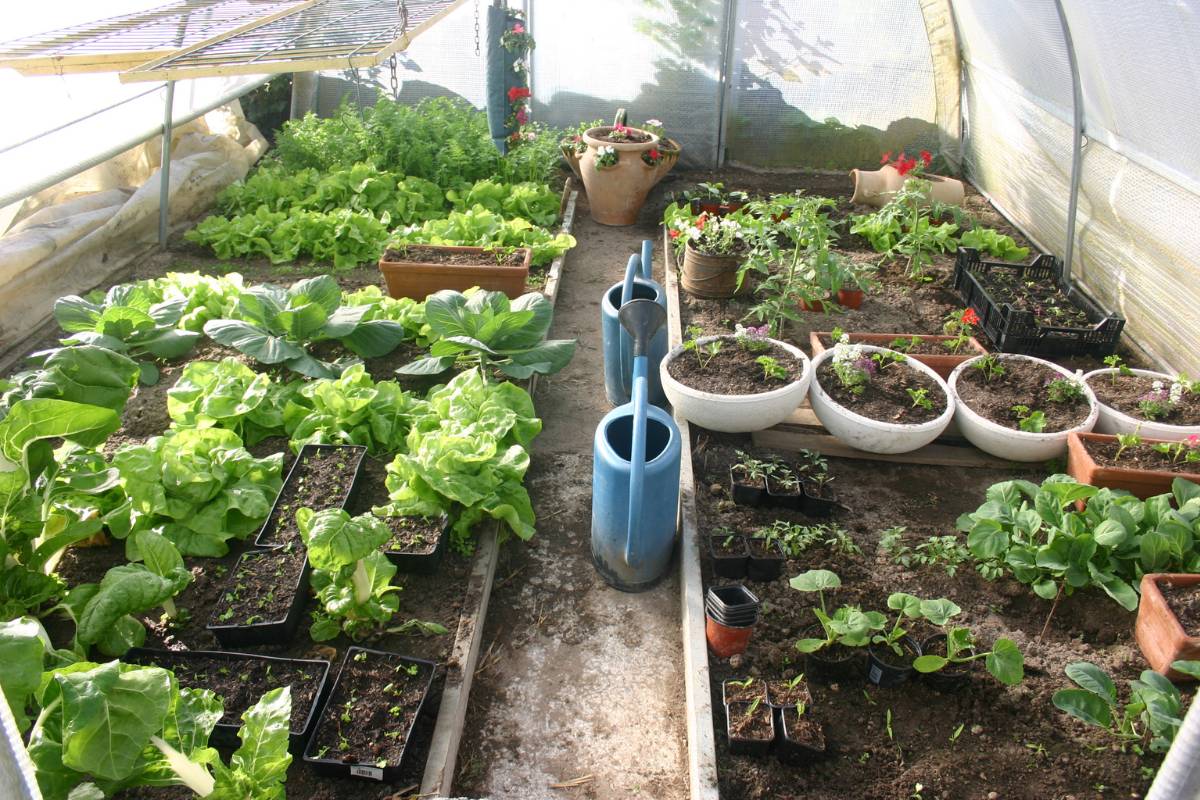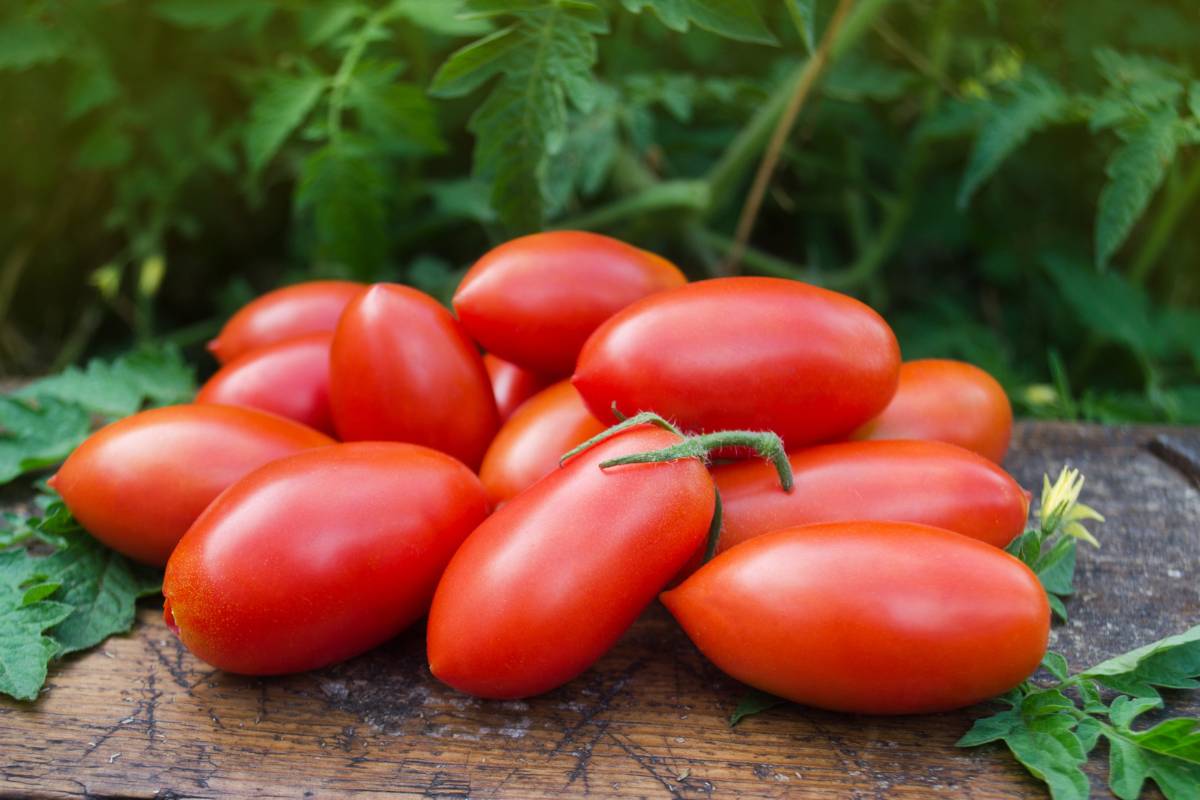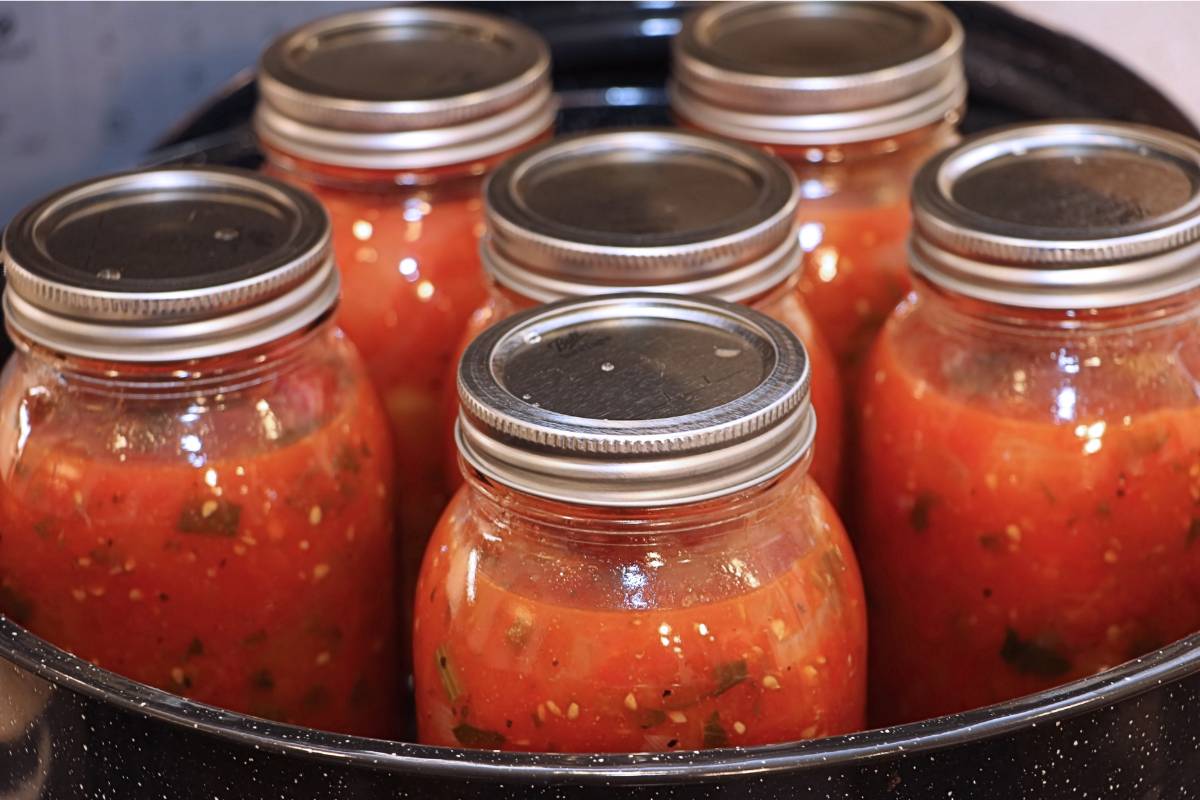For fruit and veggie growers, the lure of fresh produce for the table is what makes the year-round effort worthwhile. And once you've caught the homegrown bug, it's natural to want to take things further than the occasional harvest.
Becoming self-sufficient in produce is a common aim among gardeners. Being self-sufficient means growing everything you need in your own garden, ranging from everyday staple foods to more esoteric herbs and spices. Taking the self-sufficiency route gives you control over growing practices, potentially saves you money, and offers the satisfaction of feeling more responsible for your own lifestyle and its impact on the environment.
Unfortunately, while self-sufficiency might be a great aim, the reality isn't quite so simple. In a climate with year-round growing, it takes at least 400 square metres of growing space per person per year for full self-sufficiency, and countless hours spent sowing, weeding, harvesting and preserving. And this figure still assumes some bartering or buying of grains and staples. Unfortunately, most people don't have the land, time or energy to make full self-sufficiency a realistic goal.
What's more, for total self-sufficiency, you'd likely have to give up flour, sugar, coffee and other everyday items where small-scale growing doesn't make much sense, even if your climate is suitable for growing every crop you could ever need.
But that doesn't mean you can't pursue the ideal of self-sufficiency, even if you won't make the full transition away from buying produce from others. You can enjoy the benefits of self-sufficiency without turning it into a source of stress and complication, rather than enjoyment. Here are four ideas to get you started.
1. Focus on Your Favourites
Even with a small amount of available growing space you can become self-sufficient in just one or two of your favourite vegetables or herbs. For example, you could grow several kinds of tomatoes, with early and late crops of various types, and preserve the resulting harvests by drying or bottling them to enjoy all year round.
Or, you could grow enough herbs in containers to keep your meals beautifully flavoured while avoiding expensive supermarket bunches. A few apple trees can produce a surprising amount of fruit, and if you choose a dwarf rootstock, you can fit several varieties into even a small garden. The possibilities are endless - focus on one or two kinds of produce that you really like at the start and take it from there.
2. Specialised Self-Sufficiency
Developing the full range of self-sufficiency skills can be rewarding purely for interest's sake, but you don't need to put everything you learn into practice straight away. Choose which aspects make the most sense for your land, lifestyle and growing conditions, and only follow the paths that you'll enjoy and see worthwhile results from.
For example, you could choose to become an expert seed saver, reducing your need to purchase new seeds each season. Or, you could learn the medicinal aspects of common herbs to reduce your reliance on store-bought remedies.
There's no need to tackle the whole self-sufficiency spectrum from the start. Simply take it as far as you want to or can, and who knows where you'll get to over time?
3. Dive into Preserving
The art of preserving is both thrifty and fun and will stretch the results of your harvests, making you more self-sufficient outside the main growing season. And you don't necessarily need to preserve only your own produce; take advantage of seasonal deals to buy cheaply in bulk from local producers and keep your pantry full of tasty jars for the rest of the year.
4. Cooperate With the Community
Lastly, if solo self-sufficiency isn't achievable or desirable, you might be able to get closer to the ideal by cooperating with like-minded people in your community. You could swap seeds, seedlings or gluts of produce with neighbours or pool specialist gardening tools to make them more economically viable. Community gardening or freecycle forums are a great way to find like-minded people in your area who may be interested in teaming up.
Even if this isn't possible, supporting small producers in your area can increase the overall level of community self-sufficiency, bringing control back into local hands rather than leaving it with the industrial giants.
Whichever path you take toward greater self-sufficiency, remember that it's an ideal to aim for rather than a hard-and-fast rule. Enjoy the journey and the results, and always bear in mind it should be rewarding and satisfying rather than stressful and limiting.









